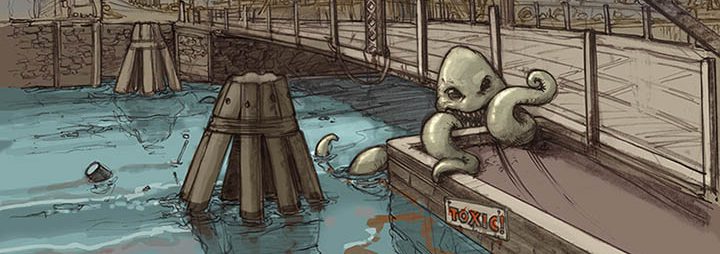Library Report #1
RICHARD LIANG SITE_#3
Site report3
Materials from NYPL Map Collection
Hi All,
Carmen, the NYPL librarian we worked with today, shared a list of the materials we looked at, which may be helpful for your site reports:
• Insurance maps of the borough of Brooklyn, city of New York [1912-1942]
Vol. 6, updated to 1977,
o Map Div. (Sanborn Map Co. Insurance maps of N.Y.) Offsite
• Robinson’s atlas of the city of Brooklyn, New York : embracing all territory within its corporate limits; from official records … [1886] plate 29.
o Map Div. (Brooklyn) (Robinson, E. Robinson’s atlas of the city of Brooklyn) (Disbound)
• Plan for the drainage of that part of the city of Brooklyn which empties its water into Gowanus Creek & Bay, 1848
o Map Div. 01-1886 [Filed with Brooklyn. Related work in Map Div. 01-1887]
• Plan of the city of Brooklyn, L.I. 1855, plate 9
o Map Div. 87-5624 in 15 sheets – only need sheets with Gowanus Canal
• Downtown Brooklyn, Fort Greene, Clinton Hill. (cont.) v. 3 1969
o Map Div. 80-680
• Use District Map Section No. 16
o Map Div.+++ 00-13147
• Plan of the city of New York in North America : surveyed in the years 1766 & 1767
o Map Div. 01-314
• Brooklyn–Dumbo, Ft. Greene, Downtown, Park Slope, Red Hook, Clinton Hill, Williamsburg, Gowanus, Bk. Hts., Astoria & Long Island City-Qns. : the essential guide to neighborhoods, restaurants … for urban explorers / Red Maps ; RedMaps.
o Map Div. 16-4530
• Gowanus improvement.
o IXZ p.v. 381 no. 1-6
• Sanborn Brooklyn v. 1, v. 6 updated to 1972
o Map Div +++ 02-423 (Book)
• Rediscovery Map of Brooklyn 1979
o Map Div 82-3023
• Hagstrom Brooklyn 1985
o Map Div 86-4004
• Brooklyn Waterfront Greenway 2009
o Map Div 14-1224
Here are also links to digital redlining maps and Gowanus digital collections at NYPL: Redlining Maps | Digital Collections : Gowanus
See you all on Thursday.
N.A.
BPLA
White_Lisa_2017_10_22_10_Site Report 3
Site Report 3
Anjali’s Site Report #3
Blog4
Short Film: Citizen Jane: Battle by for the city by Matt Tyrnauer
Super interesting historical documentary!
Jane Jacobs’s was a writer as well as an activist that set effective movements through the architecture and planning worlds. She disagreed with several New York master plans of Robert Moses that saved many areas that we love most today. This film explains the struggles of Jane Jacobs protecting NYC from bad urbanization proposals.
Like most of the city of NY, her neighborhood was a place you can live a whole life without a car. In NYC life depends on how alive the street and interacting with the community. Robert Moses view was that cars where the future that belonged on those streets. This was a time where CO2 emission are not considered life threatening. He advocated that the ground level was for cars, and people would enjoy the city from the high rise levels. He was far away from the actual reality. His master plans required vast residential relocation which would break communities to create massive highway, that were not in demand even. This was not what the locals needed, therefore they protested it. These ambitious plans of the time should have been planed with no effect to local residents,to improve their lifestyles.
Once I heard the point of Jane Jacobs where she emphasis the importance of the typical new yorker on the street level being a part of the community, she would make us question the hierarchy of the public street. Urban planing then further develops a set of design rules from this precedent layering Pedestrian path>Bike Lane>Parked car > Street Lane which to means a protection for the community.



